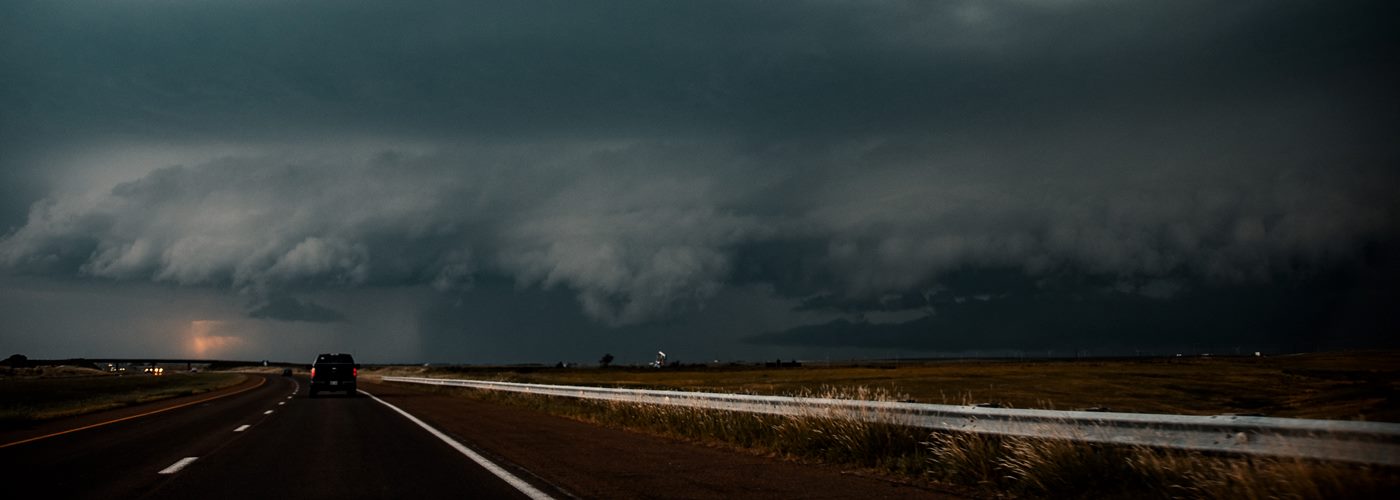

This season across Tornado Alley there will be more than just the usual die-hard storm chasers in their land-based vehicles chasing after those often-elusive tornadoes. Continuing a history of large-scale, scientific, tornado field research from the Tornado Intercept Project in 1973, to VORTEX1 in the mid-90s, to VORTEX2 at the beginning of this decade, the TORUS (Targeted Observation by Radars and UAS of Supercells) project this tornado season and in 2020 aims to bring new vehicles and instrumentation to the tornado chase.
The big change in TORUS, compared to past tornado field studies, will be the utilization of four unmanned aircraft systems (drones) to study the atmospheric conditions in and around supercell thunderstorms. In addition, a NOAA P-3 (Hurricane Hunter) aircraft will be flown as part of the study, three mobile, dual-polarized, X-Band radar systems, nine mobile mesonets, a mobile LIDAR system, as well as a mobile sounding system. The mobile sounding system is another new aspect of this scientific tornado chase. Normally, large weather balloons are launched twice a day from National Weather Service locations across the country to measure the temperature, pressure, humidity, and winds as they go up in the atmosphere. These balloons are too large and take too much time to fill and deploy in a storm chase setting. However, the mobile sounding system balloons are much smaller, can be filled with a helium tank in the back of a truck, and can be launched every 30-60 seconds. Up to 8 such balloons are planned to be released within a supercell at the same time, as part of TORUS. This will increase the amount of data in the storm and near-storm environment a great deal compared to the cumbersome, traditional weather balloons.
The goal of TORUS is to study supercell thunderstorms that form in a 367,000 square mile area from North Dakota to northern Texas, and from western Iowa to eastern Wyoming and Colorado. Gathering high resolution data, the team of 50 scientists and students from four universities looks to better understand the small-scale processes that lead certain supercells to produce tornadoes, while others do not. The hope is to cut down on the false alarm rate for tornado warnings in the future (currently at 70 percent).